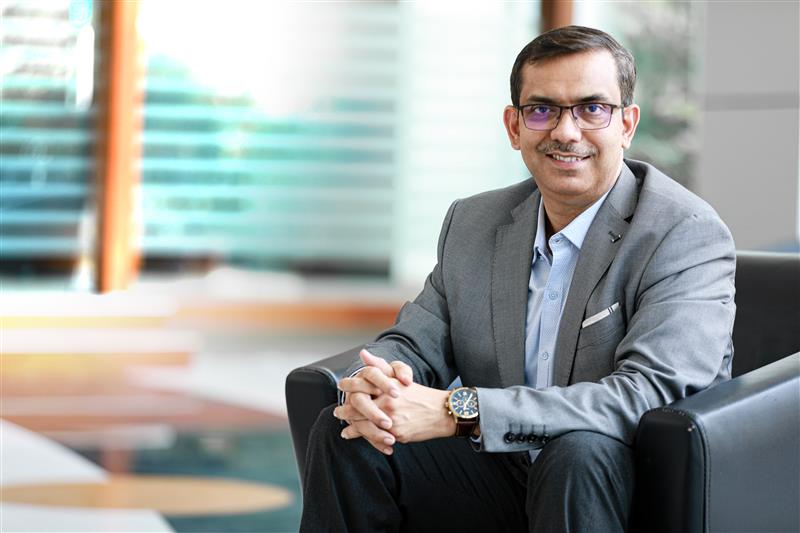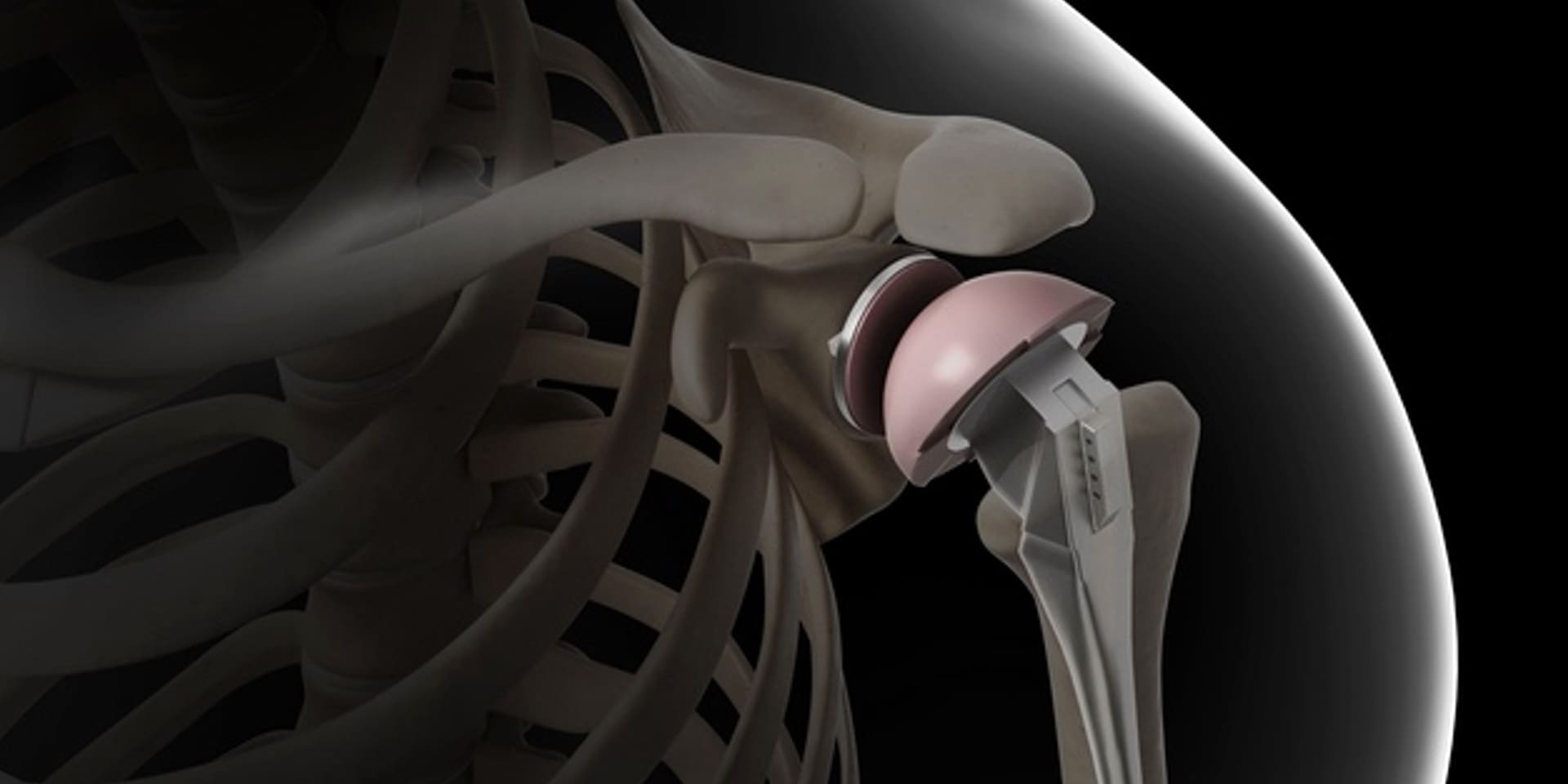I read an interesting article recently about Dr. Sandek Ruit, who works at the Tilganga Eye Center, and how he has restored vision to tens of thousands of people in Nepal, Asia, and Africa. Dr. Ruit has pioneered low-cost cataract surgeries, which cost an average of $115 as compared to $3,000 in the West. The Tilganga Eye Center laboratory produces an inexpensive acrylic lens, called the intraocular lens, for just $4. In comparison, its imported counterpart costs $100 a piece. The Center produces and sells approximately 350,000 intraocular lenses across the globe annually, and also trains foreign surgeons who replicate the procedure in their respective home countries. Dr. Ruit, with his frugal innovation concept, has restored eyesight to many at a very affordable cost.
Let us look briefly at what frugal innovation means. Frugal innovation is the process of reducing the complexity and cost of producing a product, in a scalable and sustainable manner. This can be done in various ways, such as redesigning products, implementing new business models, and re-configuring value chains. A part of resulting benefits go to the users who could barely afford the product earlier.
The medical technology industry has historically focused more on high-income, developed nations. This explains why only 13% of the global population use 76% of the medical devices. Many medical devices used in advanced countries are not usable in developing nations due to the dearth of skills, training, and the requisite environment to handle the technology. Typically, these devices are not designed to cope with the harsh environment, humidity, and dusty conditions typical in the developing world. According to WHO, in the sub-Saharan Africa, 70% of the medical equipment purchased is idle.
Though the developed economies contributed to 70-75% of the medical device sales in 2014 at a growth rate of 4-6%, original equipment manufacturers (OEMs) have started to focus on the growing economies like BRICS, and others in Asia and Latin America, which are exhibiting faster growth rates of 10-18%. Medical device OEMs understand the importance of developing different products for different markets. This, in turn, will drive frugal innovation— as opposed to producing premium products—for more value-based devices manufactured in emerging countries and suited to the economic, infrastructural, and environmental conditions of these regions. Most big names in medical technology, including GE, Siemens and Medtronic, have already jumped on to the frugal innovation opportunity.
For example, GE was successful in selling its frugal-innovation product, MAC i, a portable ECG diagnostic machine, at a price of $535 (which results in a cost of a mere 20 cents per ECG) to more than 100 countries.
Medtronic is working on developing and selling cost-effective implantable devices like pacemakers at a price that is 5 to 10 times lower than the typical current cost. This growth in developing markets has been a high priority for Medtronic’s CEO Omar Ishrak who believes sales will grow at double-digit rates in the foreseeable future and reach $7 billion for Medtronic within 5 years. “We think that the emerging markets really offer a growth spot for us in the future that is sustainable,” Ishrak commented at a recent conference.
Engineering service providers (ESPs) like Cyient, who are increasingly assuming the role of OEM extensions, have a distinct role to paly in frugal innovation. Through collaborative business models, ESPs are able to create agile ecosystems that are significantly more conducive to innovation than the well laid out but sometimes rigid confines of OEMs.
All said and done, frugal innovation is not without its challenges. Its success will depend on a range of factors, such as the following:
- How medical technology companies nurture innovation in the industry
- How end-users may be involved as co-designers in the product design process
- How collaboration can be facilitated between innovators (often, small service providers) and large OEMs to produce affordable technologies
Last, but not the least—perhaps one of the most important challenges is whether the governments worldwide can institute definitive regulations to ensure that frugal innovation doesn’t end up becoming an obsession to merely cut costs at the expense of product quality.













Let Us Know What You Thought about this Post.
Put your Comment Below.